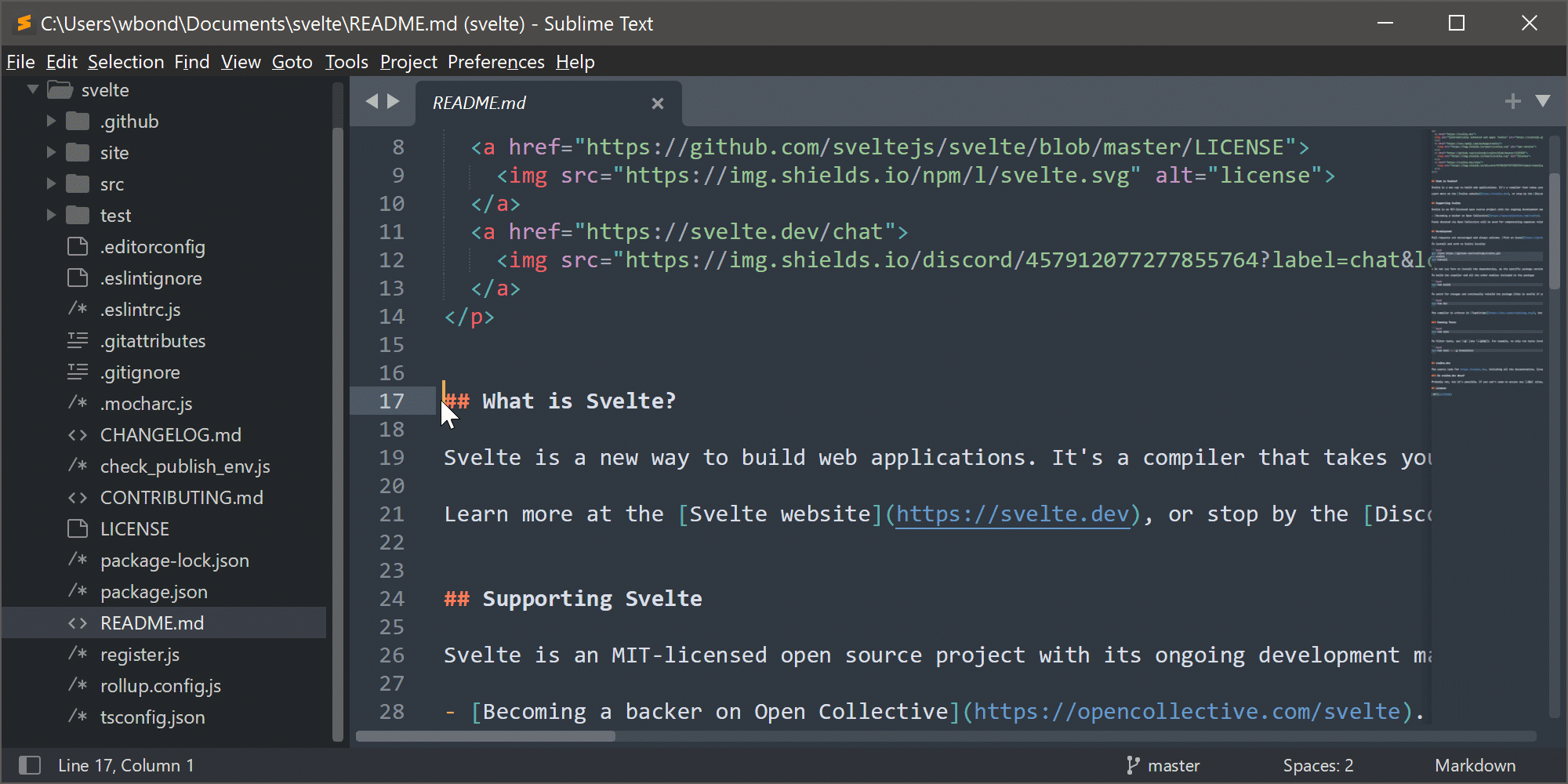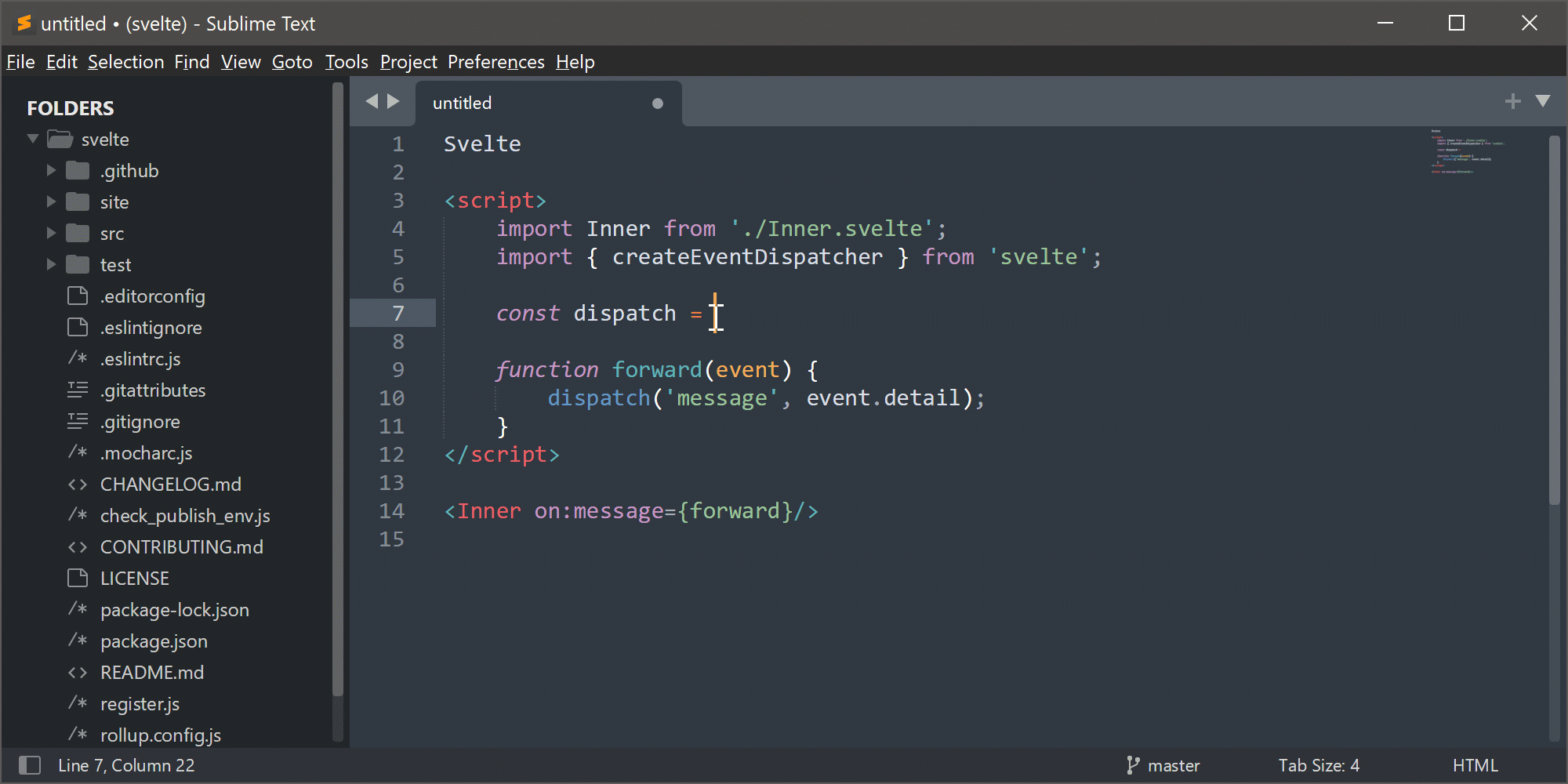Chú ý, mình ko chuyên đi lên giáo trình dạy chuyên nghiệp cho rõ đầu đuôi nên mình có thể đưa checklist dựa trên kinh nghiệm xíu từ mình mà thôi ace nhé. Và nó có thể đúng sai với từng case và từng người.
Kinh nghiệm SEO từ khóa khó
- Mấu chốt của vấn đề ở đây là ACE cần biết là nên tuân thủ quy tắc và cuộc chơi của Google, đừng nên cheat Gồ nhé. Mà Gồ thì rất thích Content mang lại giá trị cho người dùng. Cho nên ACE nên tập trung làm Content mang lại giá trị cho người dùng. ACE làm content ra sao cũng được, miễn mình đọc đừng thấy mắc nghẹn là được.
- Bạn nên đọc qua những Videos nói khá chi tiết của bạn Việt – GTVSEO về Topic Cluster + Sematic Content + Semantic Content + Entity Content + Phantom Keyword. Nên xem kỹ tới và lui.
- Điểm chính của bài chia sẻ này là:
- #1. Nếu mình không đủ lực để đánh URL SEO với những đối thủ nặng ký nhất, thì mình nên làm SEO với những Phantom Keyword nhẹ ký nhưng có lưu lượng cao. Đương nhiên nếu nghiên cứu kỹ thì Phantom Key chỉ đẹp khi Key đó dễ + lượng tìm cao. Chứ tìm Key mà ko ai tìm thì nên vứt
 .
. - #2. Cứ như thế như thế, bạn sẽ liên tục bổ sung những bài viết có lượng Keyword lưu lượng cao. Nếu cao tay hơn, bạn nên gom các Key cùng chủ đề lại vào 1 bài mà thôi. Mỗi bài như vậy bạn sẽ có nhiều Key lên top. Chú ý: Các Key này có cùng cụm từ với từ khoá chính ( url seo ) thì càng tốt nhé. Nên áp dụng Entity content ở bước này càng tốt. Tối ưu onpage kỹ thì bước này thì ít lâu bài viết của bạn cũng đã top rồi.
- #3. Cứ liên tục tìm kiếm như #1 và làm #2. Bạn sẽ liên tục có những bài chất lượng, và nên nhớ, những bài này bạn phải có chèn Internal Link của Anchor siêu khó về URL SEO.
- Áp dụng 3 bước trên. Bạn sẽ dần xân ra cho mình 1 Topic Cluster chất lượng. Keyword những bài ở mục #3_2 top đúng nhu cầu người dùng, thì Keyword khó cũng dần được lên theo.
- #1. Nếu mình không đủ lực để đánh URL SEO với những đối thủ nặng ký nhất, thì mình nên làm SEO với những Phantom Keyword nhẹ ký nhưng có lưu lượng cao. Đương nhiên nếu nghiên cứu kỹ thì Phantom Key chỉ đẹp khi Key đó dễ + lượng tìm cao. Chứ tìm Key mà ko ai tìm thì nên vứt
- Đương nhiên, trước tiên bạn phải Onpage thật kỹ, Entity thật tốt trước cái đã.
- Thematic content + Semantic content + Entity content sẽ là cứu cánh cho bạn. Đương nhiên là nghe khái niệm cũng mệt rồi. Nhưng cố mà học

- Song song đó, trong quá trình triển khai, Content is king, nhưng thiếu sự giới thiệu ( backlink ) chất lượng thì cũng chán lắm. Nên mình làm thì cũng luôn luôn cần link ( nhiều ACE trường phái seo entity ko cần link cũng hay và mình muốn học, nhưng chưa có ai chỉ dạy :0 )
- Đương nhiên, bạn nên có tính kiên nhẫn và chịu thương chịu khó.
- SEO là 1 câu chuỵên không nên kể cho người thiếu bình tĩnh nha ACE

- Nên nhớ, làm SEO thì lên top rồi thì phải ra đơn. KH họ muốn Key đó nhưng SEO lên top rồi mà ko ra đơn thì họ sẽ quay lại phàn nàn mà thôi. Vì vậy, nhiệm vụ của SEO-er là nên tư vấn Key cho đúng ace nha!
Mình không phải chuyên đi dạy nên cách truyền tải có thể lủng cũng nha ACE ! Cảm ơn ACE đã đọc. Thân ái !










